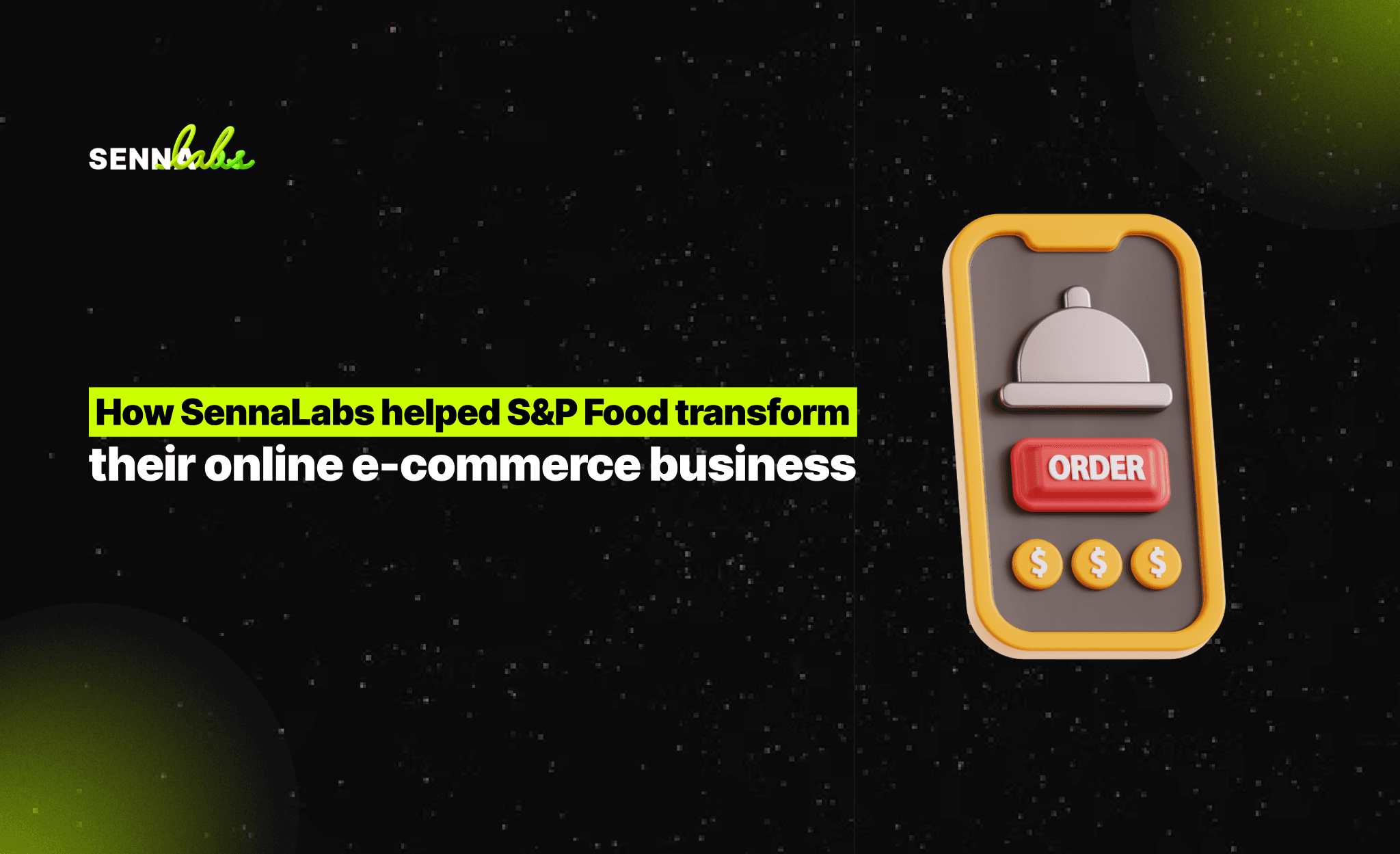Frustrating Signup Forms? Here's the UX Fix

You’ve attracted a visitor to your website. They’re interested in your product, motivated to sign up, and ready to become a customer. Then they hit the signup form—a wall of 12 mandatory fields, no guidance, no validation, no mercy.
They hesitate. They sigh. They leave.
This scenario is more common than you might think. In a world of seamless digital experiences, long and complicated forms are conversion killers. In this article, we explore why forms matter so much to user experience (UX), what common mistakes lead to user drop-offs, and how to fix them with smarter design.

Real Use Case: The Subscription Site That Tried Too Hard
A content subscription platform launched a new user onboarding system with one goal in mind: collect all the data upfront. Users were asked to enter their full name, email, phone number, address, password, password confirmation, preferred language, date of birth, gender, and even occupation—all in one go.
There were no helpful hints, no autofill, and no real-time feedback. Unsurprisingly, users abandoned the signup halfway through, leading to poor conversion rates and high bounce metrics.
The problem wasn’t the intention—it was the execution. Too much friction, too early.
Why Forms Can Make or Break UX
Forms are gateways to deeper engagement. They’re often the last step before a user:
-
Makes a purchase
-
Creates an account
-
Signs up for a newsletter
-
Downloads a resource
If the form is too difficult or time-consuming, users simply won’t complete it. This applies to both desktop and mobile users, especially the latter, who already face constraints like smaller screens and touch-based inputs.
What Makes Forms Frustrating?
-
Too many required fields
-
Lack of field labeling or placeholders
-
No real-time validation or guidance
-
Clunky error messages or resets
-
No progress indicators
-
No autofill or memory of previous inputs
When users feel overwhelmed or unsure, they abandon the process.
The Psychology Behind Form Abandonment
Cognitive overload plays a big role here. When faced with a dense form, users:
-
Worry about how long it will take
-
Feel unsure about why certain information is needed
-
Lose confidence in their ability to complete it correctly
These emotional responses trigger a decision to leave rather than complete the form.
The UX Fix: Streamlined Form Design Strategies
Fortunately, there are simple and effective ways to improve the user experience of forms:
1. Break It into Steps (Multi-Step Forms)
Instead of showing all fields at once, divide the form into logical sections:
-
Step 1: Basic Info (name, email)
-
Step 2: Preferences or Details
-
Step 3: Confirmation
This makes the form feel shorter and more manageable.
2. Reduce the Number of Fields
Ask only for what’s absolutely necessary at the moment of signup. Additional information can be gathered later once the user is onboarded.
3. Use Clear Placeholders and Labels
Guide the user with helpful text inside or beside each field, such as:
-
“Enter your email address”
-
“Choose a secure password (8+ characters)”
This reduces uncertainty and speeds up completion.
4. Add Inline Validation
Let users know immediately if they’ve made an error—such as entering an invalid email—before they submit the form. Use real-time feedback instead of error pages.
5. Auto-Complete and Autofill
Modern browsers offer autofill features. Support these by using standard field names (like “email” or “address”) and let users move through the form faster.
6. Show Progress Indicators
Especially for multi-step forms, let users see how far they’ve come and how many steps remain. This provides a sense of control and motivation to finish.
7. Make Fields Mobile-Friendly
Ensure input fields are appropriately sized, buttons are touch-friendly, and the form layout adapts well to various screen sizes.
The Result: A Smoother Conversion Funnel
When forms are easy to complete, users are more likely to:
-
Register for an account
-
Subscribe to your service
-
Complete a purchase
-
Engage with your platform
Better form UX = more conversions, better user satisfaction, and reduced support inquiries.
Final Thoughts
Forms might not be the most glamorous part of your digital experience, but they’re among the most important. They’re the final hurdle between user intent and business results. A bad form experience can ruin the journey—no matter how good your product is.
So the next time you evaluate your signup process, ask yourself: Is this form helping users say “yes,” or is it giving them reasons to walk away?
Refine your forms with clarity, simplicity, and empathy—and watch your conversions rise.


Subscribe to follow product news, latest in technology, solutions, and updates
Other articles for you



Let’s build digital products that are simply awesome !
We will get back to you within 24 hours!Go to contact us Please tell us your ideas.
Please tell us your ideas.







